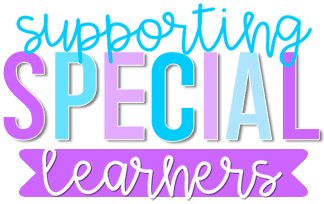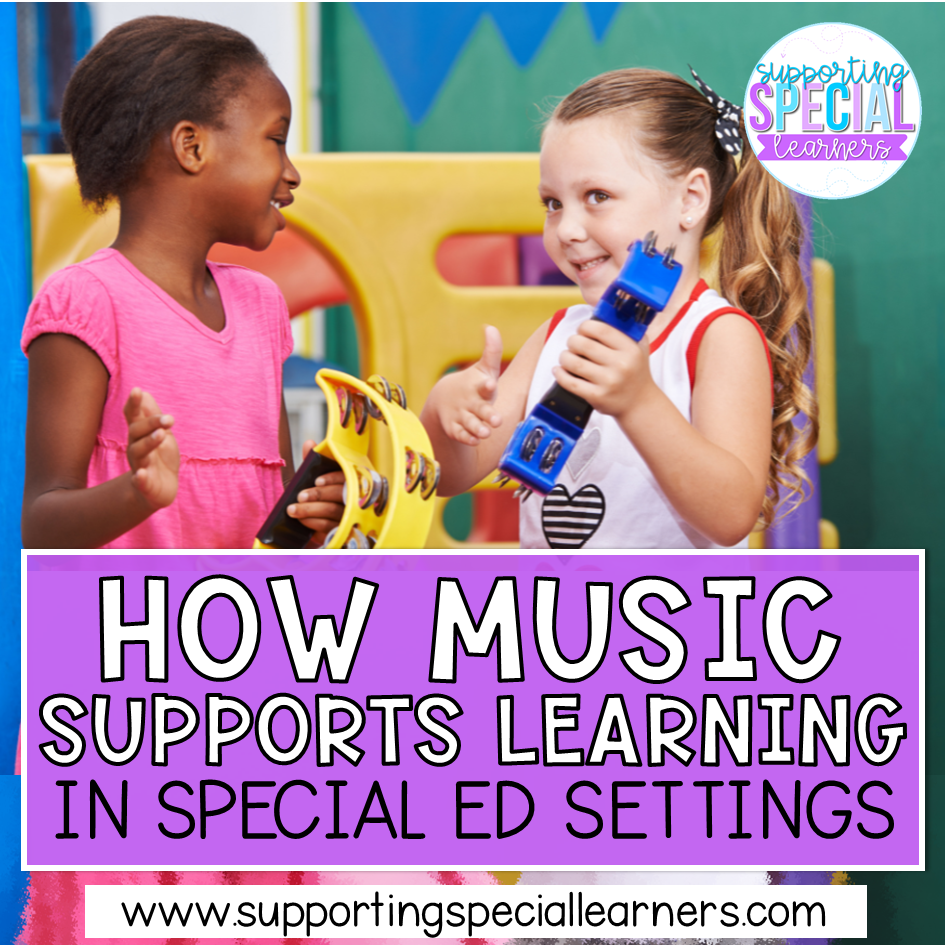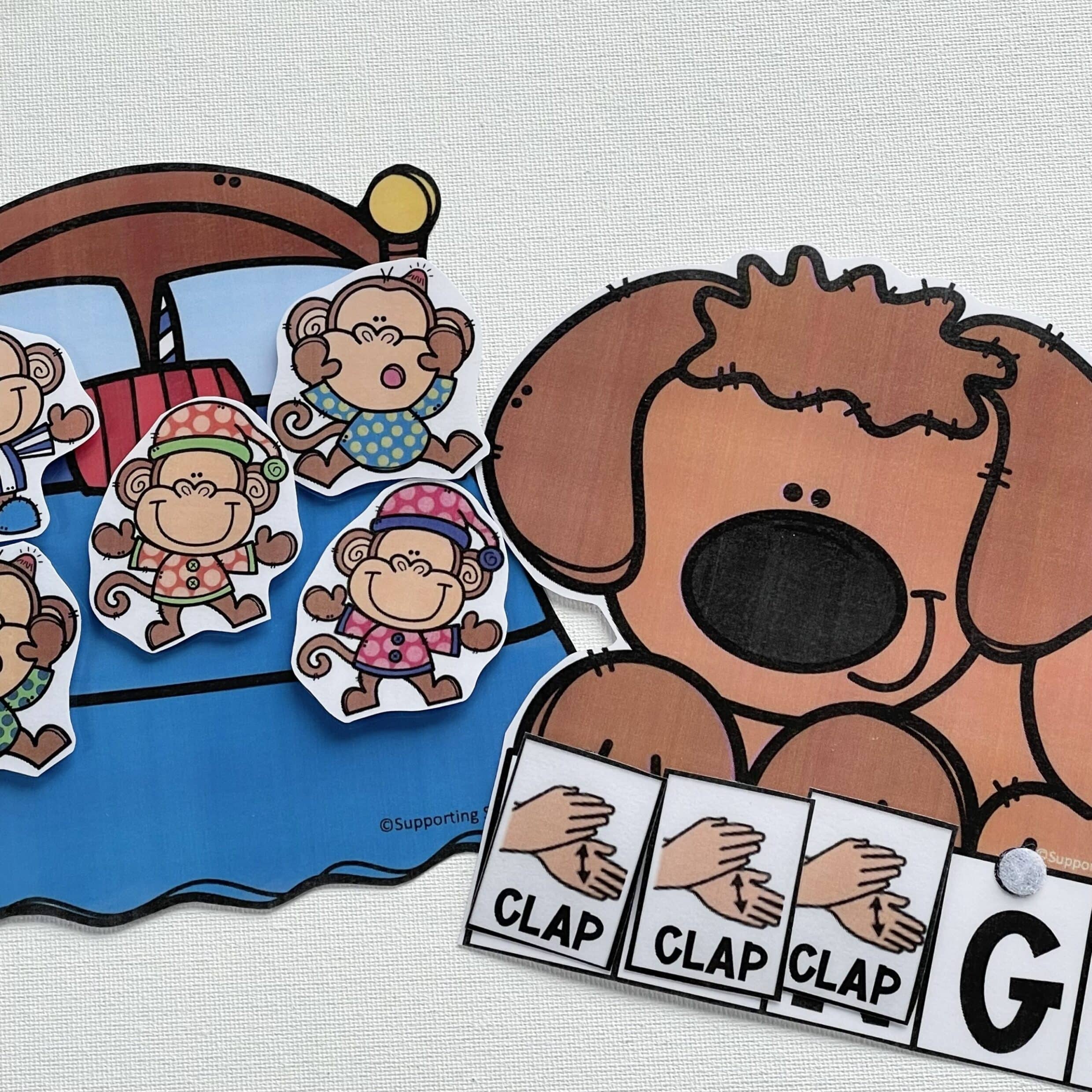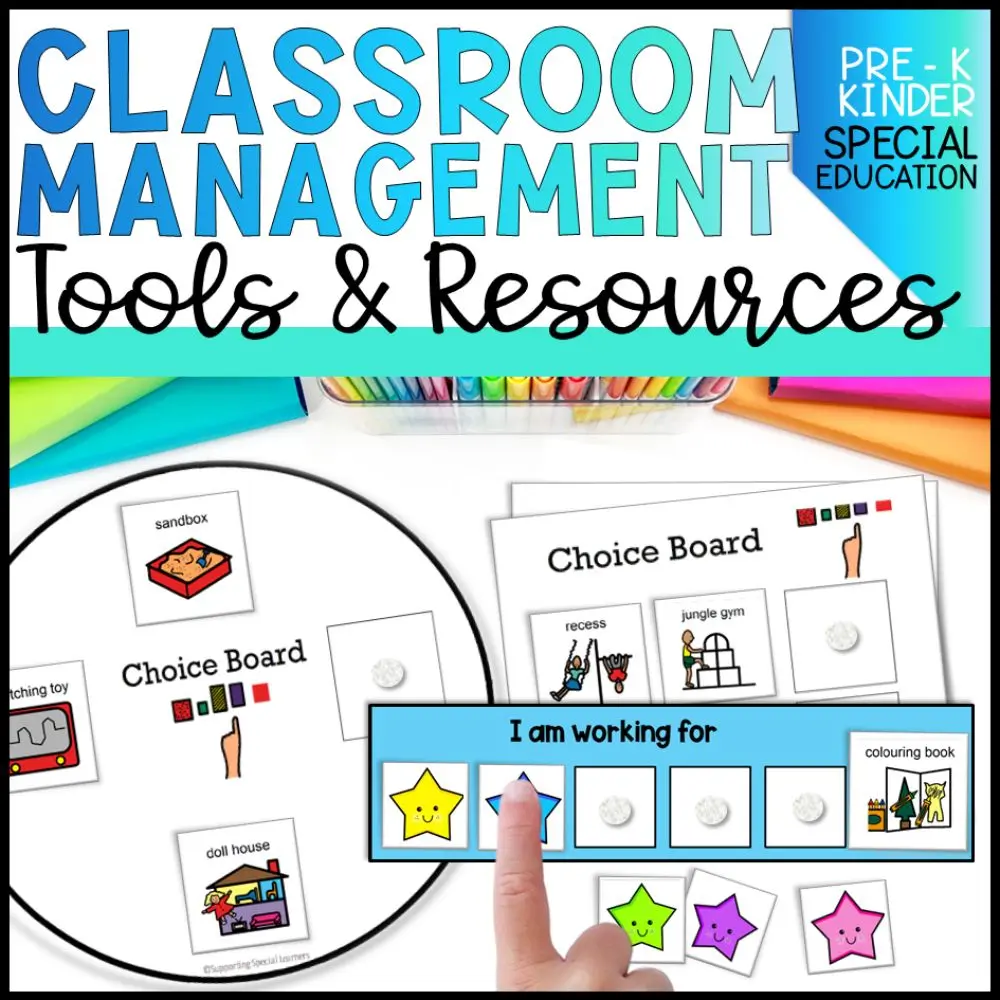- Understanding Music's Role in Special Education
- Benefits of Music for Special Needs Students
- Adapting Music for Diverse Learning Needs
- Music Activities for Skill Development
- Creating an Inclusive Music Classroom
- Music Therapy Techniques in Special Education
- Evaluating Music's Effectiveness in Learning
- Conclusion
- Frequently Asked Questions
Music plays an important role in special education, offering more than just melodies and rhythms. It helps connect with students who have unique learning needs, creating opportunities for growth that traditional methods might not provide. From tapping along to a beat to singing a favorite song, music opens up new ways for children to express themselves and succeed. This article takes a closer look at how music supports social, emotional, and academic growth in special education classrooms.
Key Takeaways
- Music isn’t only about entertainment. It plays a key role in supporting learning for students with special needs.
- Using music in the classroom can help develop social skills and emotional expression in special education students.
- Adapting music activities to fit diverse learning needs can make lessons more engaging and effective.
- Music therapy techniques can be used to achieve behavioral goals and promote group inclusion.
- Evaluating the effectiveness of music in learning involves assessing student engagement and skill progression.
Understanding Music’s Role in Special Education
The Impact of Music on Learning
Music plays an important role in special education, offering opportunities to connect with students and support their learning. Music’s rhythmic and melodic elements can stimulate cognitive functions, helping students to focus and retain information more effectively. For many children with special needs, music can serve as a bridge to understanding complex concepts. It’s not just about teaching songs or notes—it’s about making other learning areas easier to access. Imagine a classroom where learning math is paired with rhythm exercises, or language skills are enhanced through singing.
Music as a Therapeutic Tool
Adding music to special education settings benefits more than just academics. It can also help manage stress and anxiety, often present in these environments. For students with autism, music provides both stimulation and calming sensory input, supporting emotional regulation. Its rhythm can promote relaxation while offering a constructive outlet for sensory needs.
Engaging Students Through Music
Music naturally captures attention and draws in students who might not connect with traditional teaching methods. By integrating favorite songs or rhythms into lessons, educators can tap into a student’s interests, making learning more relatable and fun. Picture a classroom where students eagerly participate because the lesson involves their favorite tunes or instruments. This approach goes beyond keeping kids entertained. It focuses on fostering an inclusive environment where every student feels valued and motivated to learn.
Music in special education is not a one-size-fits-all solution, but a dynamic tool that adapts to the needs of each student, making learning both effective and enjoyable.
Benefits of Music for Special Needs Students
Social Skills Development
Music supports students with special needs in building social skills through shared activities and interactions. Think about it: when students play instruments together or sing in a group, they learn to take turns and work as a team. These are big wins for kids who might struggle with social interactions. Music can also teach them how to greet others or respond to someone saying hello, which might be part of their individual education plan (IEP).
Emotional Expression and Processing
For some kids, expressing their feelings can be a challenge. Music provides a way for them to communicate emotions without needing words. For instance, songs like “If You’re Happy and You Know It” can help kids recognize and express different feelings. Plus, music helps them pick up on emotional cues from others, like facial expressions or body language, which is helpful in understanding social situations.
Cognitive Skill Enhancement
Music supports brain development in many ways. Listening to music can boost focus, while singing can improve speech and communication skills. Memorizing lyrics can even help kids remember academic concepts. And let’s not forget about rhythm—it’s awesome for refining motor skills. So, while it might look like play, music is actually helping kids with cognitive development.
Music is not simply a subject in school. It is a powerful tool that supports learning and development for students with special needs. By involving multiple senses, music creates a unique and inclusive learning environment.
Adapting Music for Diverse Learning Needs
Using Visual Supports
Visual aids play a vital role in music lessons for students with special needs. Tools like picture cards or videos can bridge the gap between auditory and visual learning. For instance, when teaching rhythm, you might use flashcards with different patterns that students can see and mimic. This not only makes learning more engaging but also helps students remember the lessons better. By turning abstract ideas into something tangible, visual aids make music lessons more accessible and effective.
Incorporating Favorite Songs
Everyone has that one song that makes them light up, right? Using students’ favorite tunes in lessons can be incredibly motivating. It’s like sneaking vegetables into a meal—they’re learning without even realizing it. You could adapt song lyrics to fit educational content or use familiar melodies to teach new skills. This approach not only makes learning fun but also personalizes the experience, making it more meaningful for each student.
Implementing Rhythm in Lessons
Rhythm can be a valuable addition to learning. Simple activities like clapping hands or tapping feet make it easy to bring rhythm into everyday lessons. For example, a rhythm game where students repeat patterns or experiment with percussion instruments can help strengthen motor skills and support cognitive development. It’s also a fun way for students to express themselves and channel their energy in a positive, structured way.
Adapting music for diverse learning needs isn’t about reinventing the wheel—it’s about finding creative ways to make music accessible and enjoyable for every student. With the right tools and a bit of imagination, music can be a powerful ally in education.
Music Activities for Skill Development
Enhancing Communication Skills
Music can transform the way kids who struggle with communication express themselves. It serves as a tool to bridge the gap between verbal and non-verbal expression. Here are some ideas:
- Call and Response Songs: These encourage students to listen and respond, promoting active engagement.
- Story Songs: These can help students understand narrative structure and improve their storytelling skills.
- Non-verbal Expression: Instruments like drums or bells can be used to “speak” through rhythm and sound.
Improving Motor Skills
Incorporating music into physical activities can significantly aid in developing motor skills. Rhythm and movement go hand in hand:
- Dance and Movement: Simple dance routines or rhythmic exercises can improve coordination and balance.
- Instrument Play: Playing instruments like tambourines or maracas helps with hand-eye coordination.
- Rhythm Games: Clapping or tapping to a beat can enhance fine motor skills.
Fostering Academic Learning
Music isn’t just about fun—it can also play a key role in education. It can support learning in subjects like math and reading:
- Math Songs: Songs that include counting or patterns can make math concepts more relatable.
- Alphabet Songs: These help in memorizing letters and sounds, crucial for early literacy.
- Storytelling through Music: This can aid in understanding sequences and cause-effect relationships.
Music activities go beyond teaching notes or lyrics. They provide an approach to engaging students and making learning accessible and enjoyable. By integrating music into various educational activities, we can create a more inclusive and supportive learning environment for all students.
Creating an Inclusive Music Classroom
Tailoring Lessons to Individual Needs
Creating an inclusive music classroom starts with understanding each student’s unique needs. Personalized lesson plans can make a big difference. For example, some students might benefit from visual aids, while others might need more hands-on activities. Here are a few steps to consider:
- Assess each student’s abilities and preferences: This helps in designing lessons that cater to their strengths and areas for growth.
- Incorporate a variety of teaching methods: Use a mix of auditory, visual, and kinesthetic approaches to reach all learners.
- Regularly review and adjust plans: As students progress, tweak the lessons to keep them challenging and engaging.
Establishing Routines and Repetition
Routines can provide a sense of security and predictability, which is especially important for students with special needs. Establishing a consistent schedule helps students know what to expect and can reduce anxiety. Here are some ideas:
- Start each class with a familiar song or activity.
- Use a visual schedule to outline the day’s activities.
- End with a calming routine, like a quiet listening exercise.
Circle Time as a Foundation for Daily Success
Circle time is an excellent example of a routine that provides security and predictability. During circle time, students gather as a group to start the day with familiar activities like singing, discussing the calendar, or sharing thoughts. These structured moments help build a sense of community, reinforce classroom expectations, and set the tone for a positive learning experience.
How Music Supports Circle Time
Music is a key part of circle time. It helps students transition smoothly between activities and stay engaged. Singing greeting songs, practicing days of the week, or counting with music creates a supportive environment that builds both cognitive and social skills. For students who have difficulty with verbal communication, music provides another way to participate and express themselves.
Here are some activities that work well during circle time:
- Greeting songs help students recognize and respond to peers.
- Calendar songs teach the days of the week and months in a fun and memorable way.
- Counting songs build early math skills with rhythmic repetition.
To make your circle time even more engaging, the Circle Time Songs Bundle offers songs tailored for special education classrooms. These songs provide a consistent start to the day and encourage all students to participate actively.
Including music and structured activities in circle time creates a calm, supportive environment where students feel confident and ready to learn.
Encouraging Participation Through Adaptations
Adaptations are key to ensuring every student can participate in music activities. This might mean using adaptive instruments or modifying the way an activity is conducted. Consider these tips:
- Use assistive technology to enable students with physical limitations to engage with music.
- Allow students to choose their level of participation, whether it’s playing an instrument or simply listening.
- Encourage students to explore and share their musical traditions, enhancing classroom richness and personal relevance.
An inclusive music classroom goes beyond accessibility. It focuses on creating an environment where every student feels valued and capable of contributing. By adapting lessons, establishing routines, and making thoughtful adjustments, educators can inspire a love for music in all students.
Music Therapy Techniques in Special Education
Music therapy is becoming a staple in special education, offering a way to address learning and behavioral challenges. By integrating music into the classroom, educators can help students with special needs develop essential skills in a supportive environment.
Using Songs for Behavioral Goals
Songs can be tailored to target specific behavioral objectives. For instance, a “hello” song can teach social greetings, while a “clean-up” song encourages tidying up. These songs create a structured routine that students can easily follow, making transitions smoother and more predictable.
- Social Interaction: Songs can prompt students to engage with peers, improving social skills.
- Routine Building: Repetitive songs reinforce daily routines.
- Positive Reinforcement: Music can reward good behavior, motivating students to follow rules.
Incorporating Movement and Dance
Movement and dance play an important role in music therapy, helping students develop motor and social skills. Incorporating dance routines that align with musical beats can also improve coordination and physical fitness.
- Motor Skills: Dance routines help refine gross motor skills.
- Expression: Movement allows students to express emotions non-verbally.
- Group Dynamics: Dancing in groups fosters teamwork and cooperation.
Facilitating Group Inclusion Through Music
Music naturally brings people together, making it excellent for promoting inclusion in special education settings. Group music activities encourage collaboration and communication among students of varying abilities.
- Teamwork: Playing instruments in a group teaches cooperation.
- Communication: Group singing enhances vocal expression and listening skills.
- Shared Experiences: Music creates a shared experience that can bridge gaps between students with different needs.
Evaluating Music’s Effectiveness in Learning
Assessing Student Engagement
When it comes to figuring out how well music helps students learn, watching how involved they get is a big deal. If students are really into the music activities, it often means they’re learning something. Teachers can keep an eye on things like how much students participate, how excited they seem, and how long they stay interested. It’s not just about looking, though. Sometimes, asking students what they like or don’t like about the music activities can give teachers a good idea of what’s working.
Measuring Skill Progression
To see if music is doing its job in the classroom, checking on students’ skills over time is super important. This could mean looking at how students are getting better at playing instruments, singing, or even just understanding music basics. Teachers might use tests or practical tasks to see how much students have improved. A simple table can help track progress:
| Skill Area | Initial Level | Current Level | Improvement |
| Instrument Playing | Beginner | Intermediate | Yes |
| Singing | Intermediate | Advanced | Yes |
| Music Theory | Beginner | Beginner | No |
Gathering Feedback from Educators
Teachers have a lot to say about how music is helping their students. Getting feedback from them can show what’s working and what might need a tweak. This feedback can come from regular meetings, surveys, or just casual chats. Sometimes, teachers might notice things that aren’t obvious, like students being more confident or better at working in groups because of music lessons.
Incorporating tools like special education bundles can provide structure to enhance music’s impact, ensuring that all students benefit from a well-rounded educational approach.
Music can make learning more memorable and enjoyable. It helps students retain information while bringing a fun and creative element to lessons. If you want to explore how music can enhance learning, visit our website for great resources and tips!
Conclusion
Music plays an important role in learning, especially in special education. It goes beyond notes and songs, creating connections that words alone may not. For a child with autism, music can be a way to help them express themselves and find their voice. For a student with ADHD, it can provide a focus and structure that’s otherwise hard to achieve. Those familiar tunes and rhythms have the ability to break barriers and create meaningful moments. When planning your next lesson, consider adding a musical element. It could open new doors for your students and bring unexpected breakthroughs.
Frequently Asked Questions
How does music help kids with special needs learn?
Music can make learning fun and help kids with special needs by improving their focus, communication, and social skills. It can also help them express emotions and develop motor skills.
Can music therapy be used for kids with autism?
Yes, music therapy is often used to help kids with autism. It can reduce anxiety, improve social interactions, and help with transitions between activities.
What are some simple music activities for special education?
Simple activities include clapping to a beat, singing familiar songs, using rhythm instruments like drums, and moving to music. These activities can help with coordination and communication.
How can teachers adapt music lessons for diverse learners?
Teachers can use visual aids, incorporate favorite songs, and use rhythm to make lessons more engaging. They can also modify instruments and activities to fit each child’s abilities.
Why is repetition important in music lessons for special needs students?
Repetition helps reinforce learning and build familiarity, making it easier for students to understand and remember new concepts. Repeated activities can also boost confidence.
How can music support emotional development in special needs children?
Music allows children to express emotions they might not be able to verbalize. Songs can help them recognize and understand different feelings, leading to better emotional awareness.





